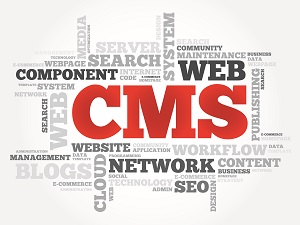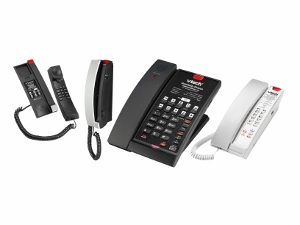
Want people to actually read your hotel website? Here’s how
You want all of your customers to know your property intimately.
To love it.
To book it over and over again.
“And, they would,” you tell yourself. “If only they would just go to our website and read all the beautiful details of what makes us so spectacular!”
But, here’s the harsh reality – your customers AREN’T consuming every inch of your hotel website design. And, truthfully, they never will. Same goes for your blog posts and marketing emails.
In fact, a recent eye tracking study shows that, on average, people are absorbing only 20 percent of your web content. And according to eConsultancy: “the majority of people read online content in an ‘F’ pattern. The image below shows you what the F pattern looks like. It is a heat map, so the red parts are where people spent the most time looking and the blue parts the least time.”
Why Don’t People Read?
• It’s too tiring to read text on a computer screen. In fact, your eyes move about 25 percent slower online versus reading on paper.
• People have smaller-than-ever attention spans and are suffering from information overload. Online visitors are searching for specific information and if they can’t find it with a simple skim of your site, they’ll bounce.
• Web users want to feel as if they are driving their online experience by clicking on links and “moving” around. If they are stuck reading lengthy copy online, they feel unproductive.
Reading is Out, Scanning is In…
• Don’t dismay. This doesn’t mean your hotel website and online marketing copy is useless. You just have to write for the modern user, who is simply skimming and scanning your hotel’s website.
• The solution is simple: Write less and use formatting to capture and hold attention. This makes content easy to digest.
The Secrets to Getting People to Read Your Website
Here are a few tips for writing hotel website content that recognizes skimming and scanning behavior:
1. Keep paragraphs short – about two sentences long.
2. Get to the point, and quickly. Write your most important points at the beginning of sentences or paragraphs.
3. Use bullets (like we’re doing here) to break up content.
4. Use subheadings (also, see how we use them in this post) to break up groups of thoughts.
5. Add relevant links. Don’t just mention attractions that you are close to. Link out to them.
6. Emphasize your most important points by bolding them.
7. Leave plenty of white space.
8. Make each word count. Since you’re writing less, make sure the words you DO use are poignant and not generic.
9. Use photos. Instead of speaking wax poetic about your relaxing pool deck, show a stunning photo instead.

AccomNews is not affiliated with any government agency, body or political party. We are an independently owned, family-operated magazine.







